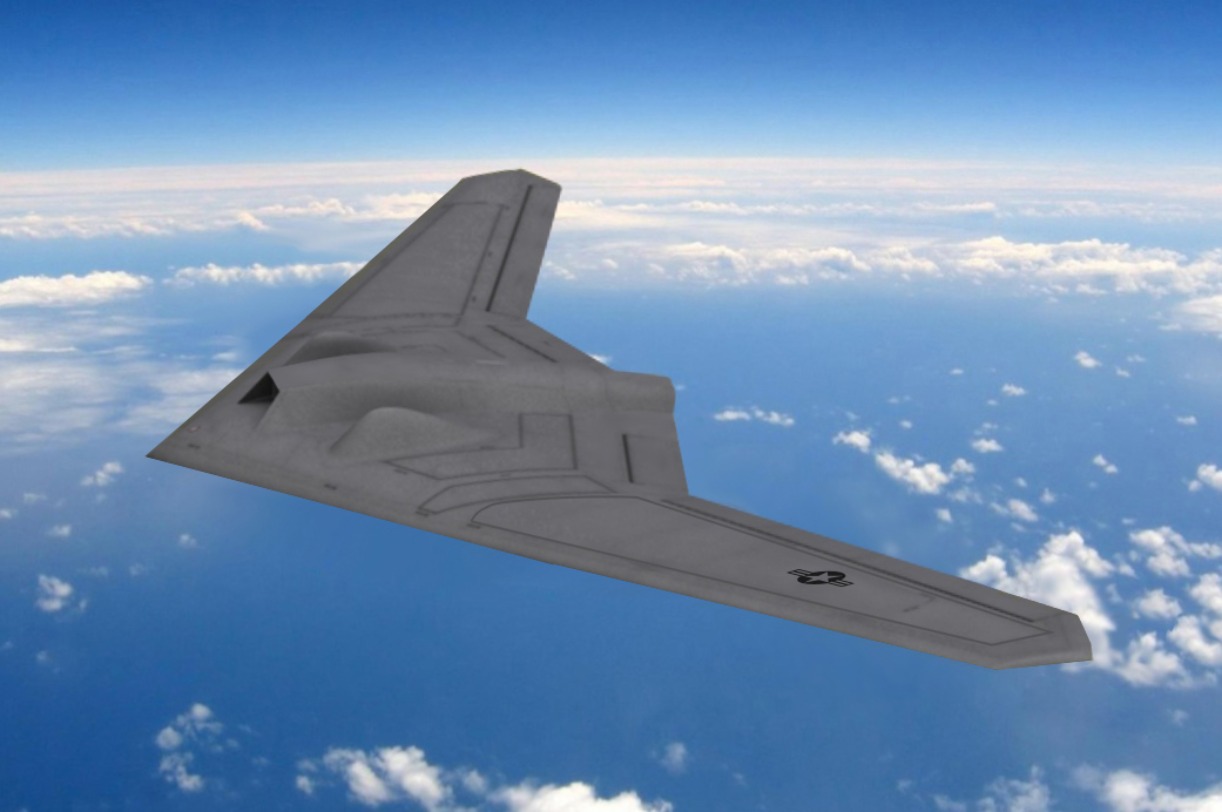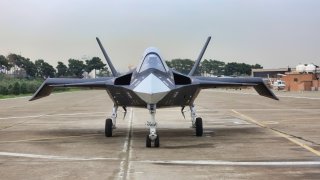Qaher-313: Meet Iran's Fake Stealth Fighter Plane
Despite heavy sanctions and geopolitical pressures, Iran continues to enhance its military capabilities through unconventional means. The country has become proficient in reverse-engineering Western technology, notably after capturing a U.S. RQ-170 Sentinel drone in 2011.
What You Need to Know: Despite heavy sanctions and geopolitical pressures, Iran continues to enhance its military capabilities through unconventional means. The country has become proficient in reverse-engineering Western technology, notably after capturing a U.S. RQ-170 Sentinel drone in 2011.

-This has led to significant advancements in drone technology, which Iran has supplied to Russia for use in Ukraine. Iran's development of cyberwarfare skills and potential electromagnetic pulse (EMP) weapons further showcases its innovative approach.
-While struggles remain with larger, complex systems, Iran's progress in small, lethal weapons and asymmetric strategies poses a significant threat to regional stability and global security.
Iran's Stealth Fighter Mistake
Iran has been heavily sanctioned. Tehran is under extreme geopolitical pressure, not only from the United States, but also from its regional neighbors in Israel and the Sunni Arab world. But the Islamic Republic has not stopped looking for ways to wage its jihad against those more powerful forces.
Iran has made great strides in its use of terror. Tehran is one of the world’s leading state sponsors of terrorism. In fact, few people doubt that Iran had a decisive hand in orchestrating the horrific October 7 Hamas terrorist attacks against Iran’s archenemy, the democratic Jewish state of Israel.
And who can deny that Iran has been the true winner of America’s wars in Iraq and Afghanistan?
Despite the odds stacked against Iran by the Western alliance, Tehran continues its quest for supremacy in the Greater Middle East. One area few analysts believe that Iran is truly competitive is in the high-technology domain. It is true, they cannot compete with the technological potency of the United States, the Sunni states, or Israel. But the Iranians have proven they are innovative in ways the West does not expect.
For example, the Iranians have been stymied by Western sanctions from completing their desired nuclear weapons arsenal on any meaningful schedule. Yet because Tehran invests in the program, it has improved its ballistic missiles over the years. Some fear Iran has obtained the capability to develop and deploy electromagnetic pulse (EMP) weapons. In 2010, the Iranian leadership labeled EMPs as a “Shariah-approved bomb.” Iran’s growing satellite program might be a backdoor for deploying EMPs into orbit to hold the world hostage.
An EMP blast above the Earth would knock out all power in a targeted country.
Iran has mastered the art of cyberwarfare and has employed this capability to varying degrees of success over the last decade. What’s more, Iranian forces captured, and may have brought down, an American RQ-170 Sentinel drone. Most analysts believe that the acquisition and reverse-engineering of this drone has catapulted Iranian drone technology since 2011. Proof of that is how the Iranians have supplied the Russian military with hordes of sophisticated, relatively cheap, and highly lethal drones for Moscow’s use against Ukraine.
The Iranian regime has become a proxy for both the Russians and the Chinese, who are increasingly building an anti-American alliance of autocratic regimes across the whole of Eurasia. Because of this growing economic, military, and diplomatic relationship, Iran has both supplied Russia’s military and been supplied and protected by Russia in return.
In fact, there is understandable concern that Western weapons captured by Russian forces in Ukraine – weapons such as the Javelin anti-tank system and Stinger anti-aircraft system – will be handed over to Iran and reverse-engineered. The world has already seen how advanced Western weapons abandoned in Afghanistan have been sold by the conquering Taliban to Iran as well as to Hamas and Hezbollah to be used against Israel.
Reverse-engineering captured U.S. technology seems to be a primary specialty of upstart powers. Much of China’s civil-military industrial complex is based on pilfered U.S. technologies that they have since innovated. Russian technologies, to a lesser degree, rely on Western components to function properly. It’s no surprise that Iran is doing the same as their big brothers in Beijing and Moscow.
But while it can replicate smaller systems like drones and possibly Javelins, Iran has proven itself incapable of copying bigger, more complex systems.
This was evident in Iran’s shambolic attempts to build their own stealth warplane in 2013. Iran Aviation Industries Organization unveiled the Qaher-313 (“Conqueror-313”) on Feb. 1, 2013. It appeared to be a stealth plane. The bird even had realistic-looking control panels in the cockpit and an ejection system.
But no one has seen or heard about the plane in over a decade. And recently, the Iranian government quietly announced that the Qaher-313 would be converted into a drone. This would not be the first time the Iranians have attempted to build complicated systems but fallen far short of their objective.
Nevertheless, the Iranians have shown they can build lethal small systems. And when those systems are married to their global terrorist networks, they can be quite dangerous to world peace.
Just look at what happened this month. Iran fired off a massive fusillade of rockets and drones at nuclear-armed Israel. Thankfully, the U.S. and UK militaries, with the critical assistance of regional partners such as Saudi Arabia and Jordan, were able to repel the attack. But what happens when Iran manages to break through the shield that America provides – or when the Sunni Arab states decide to stay out of the growing Iran-Israel fight?
Iranian drones and ballistic missiles are not to be underestimated. The Qaher-313 is a joke. But the Iran threat should be taken far more seriously than it is.
About the Author
Brandon J. Weichert, a National Interest national security analyst, is a former Congressional staffer and geopolitical analyst who is a contributor at The Washington Times, the Asia Times, and The-Pipeline. He is the author of Winning Space: How America Remains a Superpower, Biohacked: China’s Race to Control Life, and The Shadow War: Iran’s Quest for Supremacy. His next book, A Disaster of Our Own Making: How the West Lost Ukraine, is due October 22 from Encounter Books. Weichert can be followed via Twitter @WeTheBrandon.
All images are Creative Commons.


